Making the Switch to Automated Restaurant Ordering: What You Need to Know
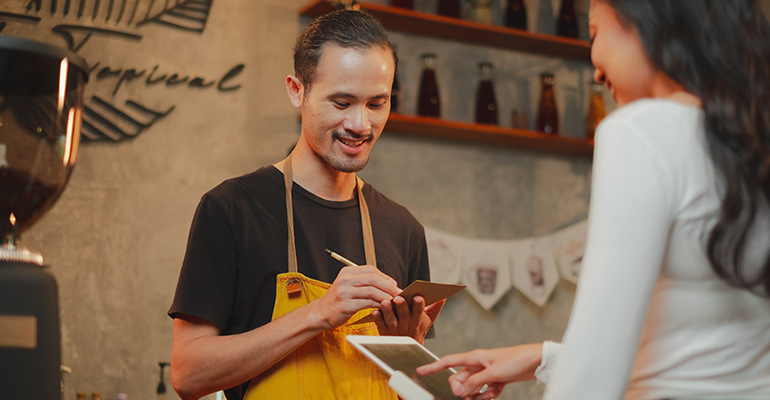
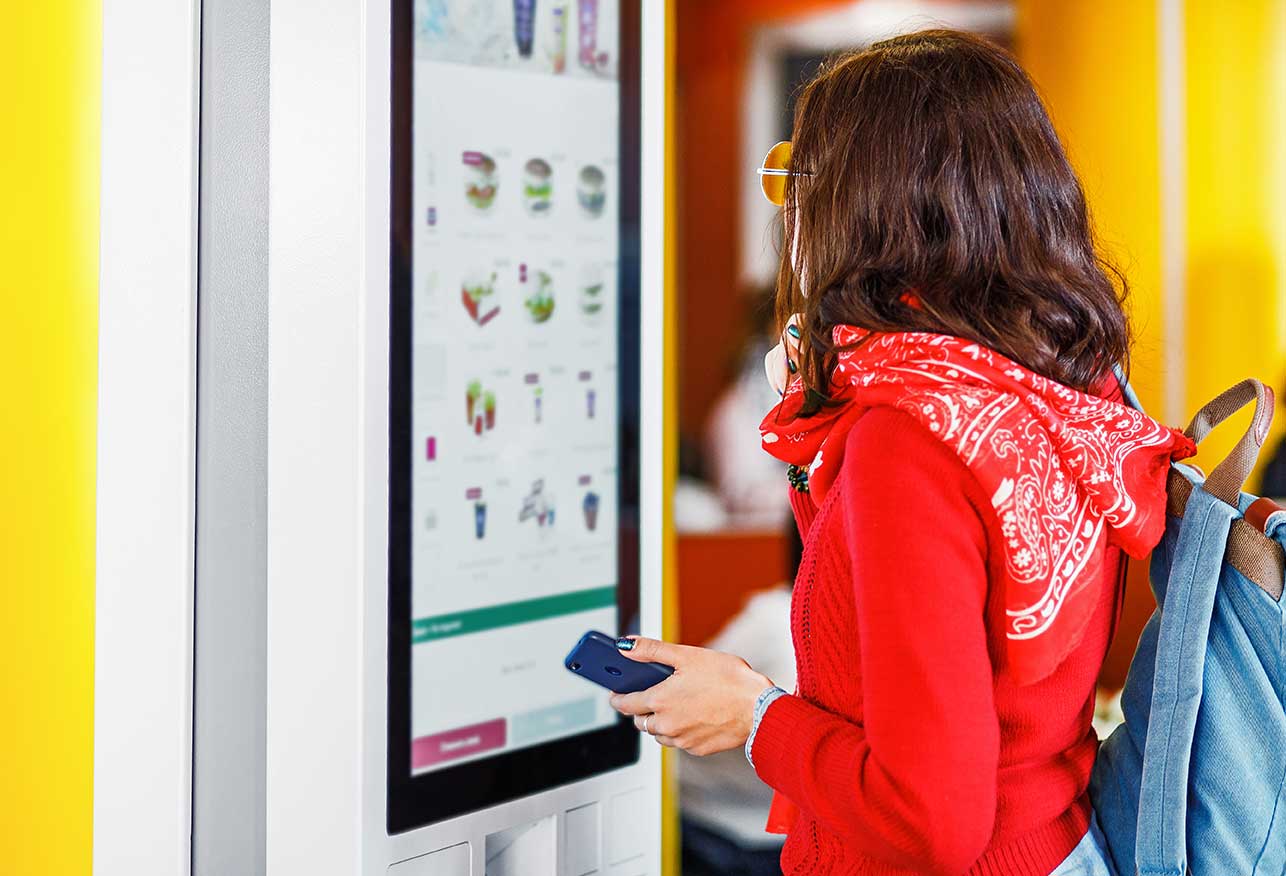
Restaurants are no longer lagging in the adoption of technology, and the use of smart devices is one of the most exciting developments.
From voice-enabled kiosks to smart refrigerators to tableside ordering, smart devices are helping the food service industry to operate more efficiently, improve the customer experience, and ultimately increase profits.
Smart devices help to streamline the ordering process and in-store kiosks are a prime example of this. Customers can browse the menu, customize their order, and pay all on their own, without the need for restaurant staff. This saves time and reduces errors in the ordering process.
Also known as IoT devices or intelligent devices, smart devices are particularly useful for quick service restaurants, where speed and efficiency are key.
For example, McDonald’s has been a pioneer in implementing kiosks in their restaurants. Harvard Business Review noted that the average check size was 30% higher at kiosks, and that “20% of customers who didn’t initially order a drink would buy one when it was offered.”
When kiosks are voice-enabled, they offer additional benefits:
Harvard Business Review noted that the average check size was 30% higher at kiosks, and that “20% of customers who didn’t initially order a drink would buy one when it was offered.”
Kitchen equipment has always been an essential part of restaurant operations, but advances in restaurant technology have made it possible for them to operate more efficiently and with greater precision.
For example, commercial-grade sous vide machines have made it possible for chefs to cook meat and other foods at exact temperatures, ensuring that dishes are consistent every time they’re prepared.
Meanwhile, automated ovens and fryers make it possible for cooks to prepare food more quickly and efficiently, with less risk of human error.
Chefs can insert smart temperature probes into food to monitor the temperature and ensure that it’s being cooked to the proper internal temperature. This is essential for preventing foodborne illness and keeping customers safe.
Automated food safety systems can also monitor every aspect of food preparation, from the temperature of the walk-in cooler to the cleanliness of the kitchen, ensuring that restaurants are operating in compliance with food safety regulations.
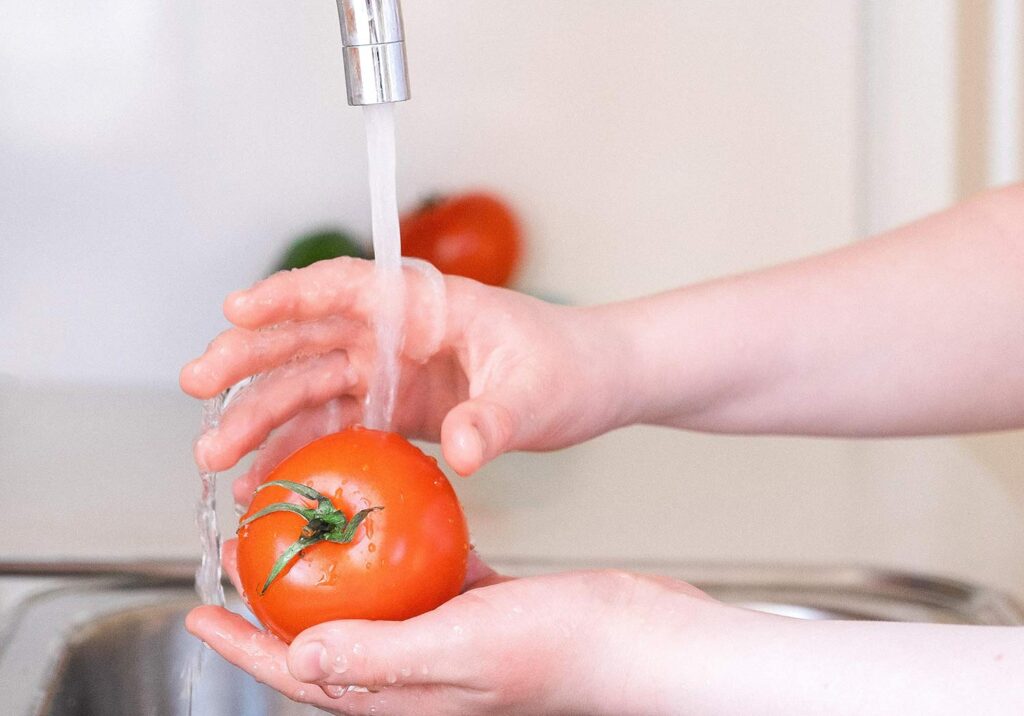
Voice-enabled kiosks or drive-thru lanes that identify a returning customer, can speed an order by understanding when the customer says, “I’ll have my usual.”
Smart refrigerators are equipped with sensors that can detect when inventory is running low and automatically reorder supplies. This eliminates the need for staff to manually check inventory levels and place orders — a time-consuming and error-prone process.
They also help restaurants save money by reducing waste, since they can accurately track inventory levels and prevent over-ordering. Smart refrigerators also help restaurants improve the quality of their food by ensuring that ingredients are always fresh.
For pizzerias, PMQ Pizza Magazine noted that remote temperature monitoring helps pizzerias ensure food quality, prevent spoilage and ensure inspection compliance.
“Restaurant managers report that constant remote monitoring gives them the peace of mind knowing ‘someone’ is watching the store during peak service times, or when it’s after-hours and no one is present,” says Jeff Rieger, director of foodservice solutions at Boston-based SmartSense by Digi. “Refrigeration and freezer temperature monitoring also provides users analytics and insights, which allow you to learn from previous data.”
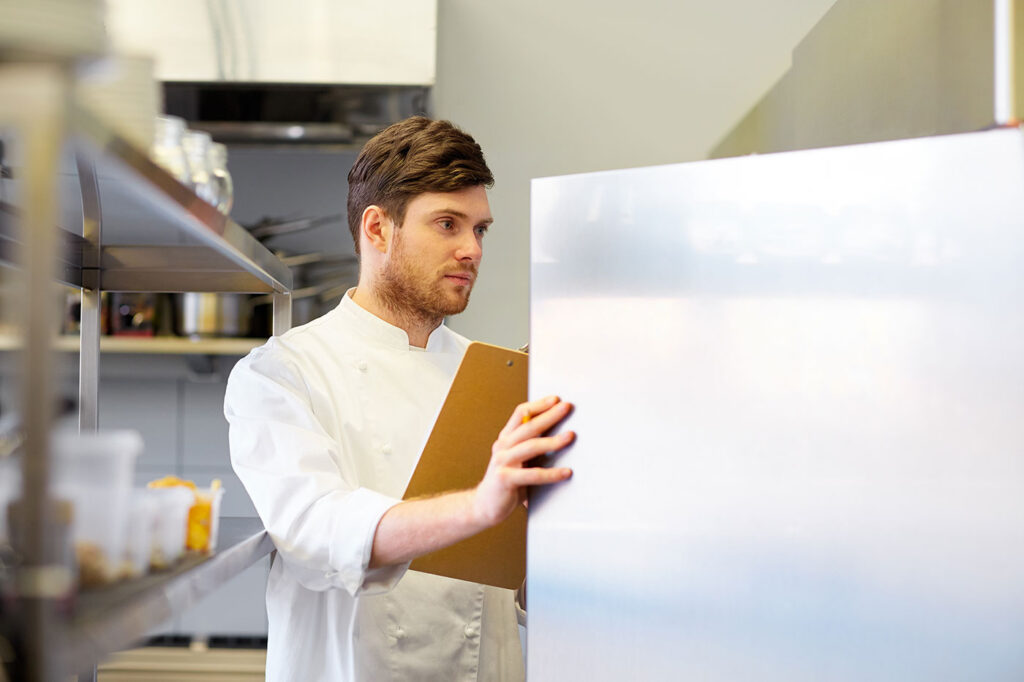
Smart devices can help restaurants stay ahead of the curve by providing valuable data and insights into their operations.
Digital ordering systems enable customers to place orders using their mobile devices or self-service kiosks, providing restaurants with real-time data on order volume, wait times, and customer preferences. Optimized staffing levels, reduced wait times, and improved overall customer experience are a few of the benefits.
Digital ordering is particularly important for quick-service restaurants, where speed and efficiency are paramount. By using mobile ordering and payment systems, customers can skip lines and receive their food more quickly, while restaurants can process orders more efficiently and with less risk of human error.
And with the rise of contactless payment systems, such as Apple Pay and Google Wallet, the ordering and payment process has become even more seamless and convenient.
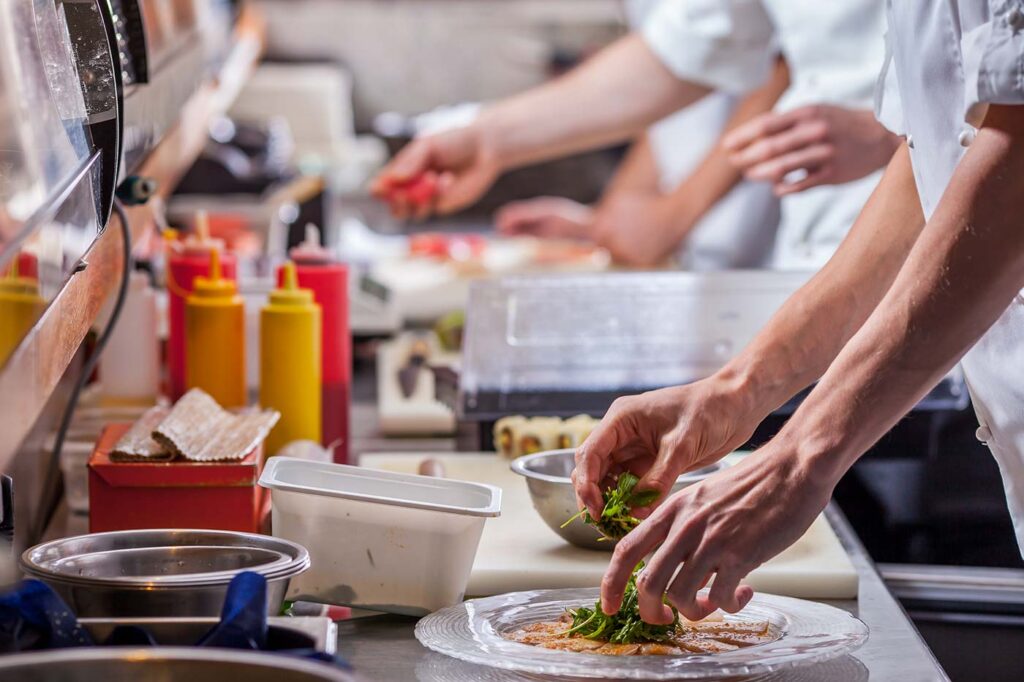
Some restaurants are using IoT devices to monitor everything from lighting and temperature to the cleanliness of the kitchen, providing real-time data on restaurant operations and enabling them to identify and resolve issues more quickly.
Another application restaurants are readily adopting is geofencing, as mentioned in Forbes.
Geofencing allows restaurants to track customers traveling to the restaurant and who have downloaded apps for their smart phones.This is being used by restaurants and food delivery services to help coordinate cooking and customer service so food is cooked based on the customer’s location to ensure the correct temperature and quality.
Voice assistants are helping many restaurants to make smart devices simpler and easier for customers and employees to use. Drive-thru lanes, in-store kiosks, mobile ordering, tableside ordering — when voice-enabled, customers can order more easily and quickly. Restaurants are also seeing greater upselling, and employees can devote more time to customers standing in front of them rather than answering phones.
At SoundHound, we have all the tools and expertise needed to create custom voice assistants and a consistent brand voice. Explore the SoundHound for Restaurants voice AI platform to learn more. Want to speak to an expert or request a demo? Talk to us about how we can help bring your voice strategy to life.
At SoundHound, we have all the tools and expertise needed to create custom voice assistants and a consistent brand voice.